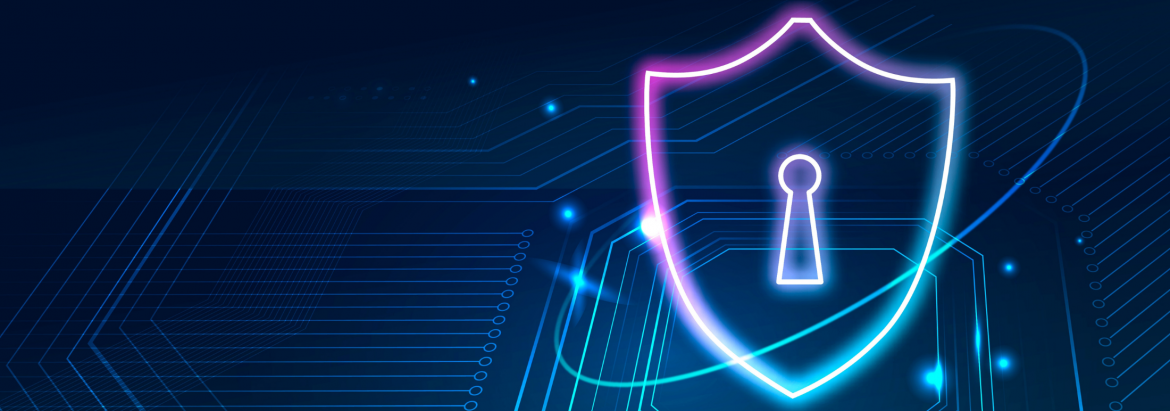
Using AIOps to Boost Cybersecurity


In today’s data-driven age, cyber-attacks are making headlines every day. Businesses have a lot of sensitive data to protect and cyber-attacks are getting more sophisticated. Due to the COVID-19 pandemic, companies around the world embraced remote working. However, businesses are finding it hard to protect sensitive data when employees and systems are scattered across a wide geography.
IT teams are trying to stay ahead of the emerging taxonomy of cyber-attacks. Recently, businesses are leveraging the power of AIOps based analytics platforms to implement cybersecurity measures. New-age technologies like AI and ML are lending a hand to businesses looking for cybersecurity solutions in the wake of remote work culture.
An AIOps based analytics platform for cybersecurity will quickly identify the source location of the cyberattack. For remote working, AIOps platforms help in collecting telemetry data and inspecting the devices connected within the IT infrastructure. AIOps platforms offer enhanced observability into software systems and connected devices. An AIOps platform frames device communication over a fixed period using telemetry data. With enhanced observability, you can know when a device shows abnormal device communication in real-time.
Businesses opt for network segmentation for shaping the architecture of the IT network. With network segmentation, one can divide the central network into subnets, with each subnet acting as a small network. An AIOps based platform will help you with network segmentation and eventually boost cybersecurity. AIOps uses device classification to check whether all devices are connected to the right network and any connection problems will be reported in real-time.
MTTD (Mean Time to Detect), MTTA (Mean Time to Acknowledge), and MTTR (Mean Time to Resolve) are three important metrics for measuring the performance of your cybersecurity systems. With AIOps, you can decrease all three of these for your cybersecurity practices. AIOps platforms perform root cause analysis to quickly reach the bottleneck of a cyberattack. AIOPs platforms detect an anomaly within the IT infrastructure in real-time and thus, decrease the MTTD.
You cannot play hit-and-trail during a data breach to decide which team has the right resources to prevent it. Once the source of a cyber-attack is known, it must be transferred to the right IT team. An AIOps based analytics platform for cybersecurity will quickly identify which team has the best resources to prevent a cyberattack. An AIOps platform will also provide actionable insights which can be used by cybersecurity experts to thwart the attack. You can see a significant decline in MTTD, MTTA, and MTTR after using AIOps for cybersecurity.
An AIOps platform continuously monitors the performance of software systems and identifies the vulnerabilities and will send threat reports for any future attacks. As more and more incidents occur with time, An AIOps platform will map relationships and patterns within the cyberattacks. This identifies the most vulnerable sources for a cyberattack. This enables a strict cybersecurity policy for the protection of vulnerable software systems.
AIOPs platforms also use cyber threat intelligence to generate information about cyber threats to the organization.
AI for application monitoring can help you rank multiple incidents. If multiple cybersecurity threats are within the IT infrastructure, cybersecurity experts rank them according to their impacts. If any issue has occurred with the central software system, it must be solved first to prevent essential business operations. AIOps will help you in ranking the threats as per their impacts.
You can tell an AIOps platform which software systems are responsible for essential business processes and decide up to what extent automation is to be achieved. You can set the role of the system administrator to a minimum for cybersecurity of any software system with AIOps. You get to decide the human involvement in cybersecurity practices with AIOps. However, cybersecurity experts say that machines and humans should work hand-in-hand to achieve better results.
Cybersecurity teams often keep the information of an ongoing threat confidential. It is done to prevent a sense of panic among the IT teams. However, it would be beneficial if other IT leaders within the organization know about an ongoing threat. With AIOps, you can ditch the age-old practice of keeping the information about an ongoing threat confidential. An AIOps based analytics platform can send alerts to connected devices about an ongoing threat. Your IT employees will not invest time troubleshooting an issue whose root cause is already known to the cybersecurity team.
As incidents occur over time, AIOps platforms collect data about them to enhance cybersecurity measures. After resolving each attack, your IT infrastructure will become more secure via AIOps. However, the challenge in front of cybersecurity experts is to prepare high-quality training data to give an AIOps platform the fuel it needs.
Once you have resolved many threats and trained the AIOps platform, your IT infrastructure will be more secure than ever. You will no longer be worried about high volumes of data but will use them to boost your business. You can make the best use of your business data without any manual efforts via AIOps.
The use of AIOps based analytics platforms will rise from 5% in 2018 to 30% in 2023. Businesses are leveraging the power of AI for application monitoring and are enhancing their cybersecurity practices. You can also slash operational costs for cybersecurity practices with AIOps.
Please complete the form details and a customer success representative will reach out to you shortly to schedule the demo. Thanks for your interest in ZIF!